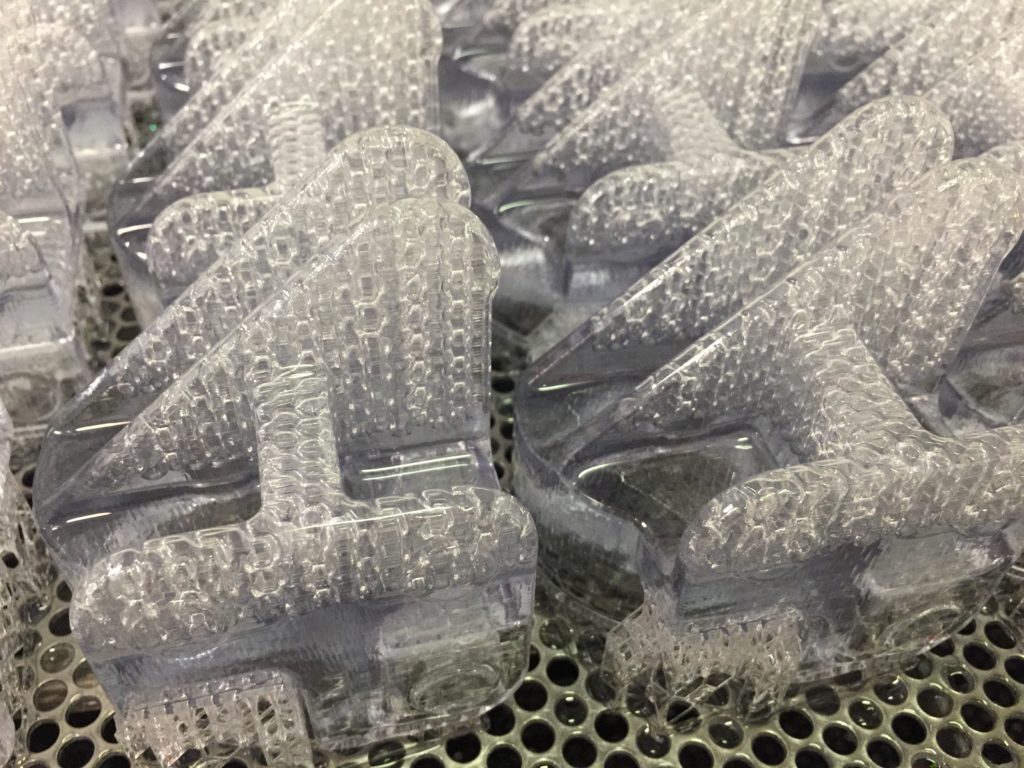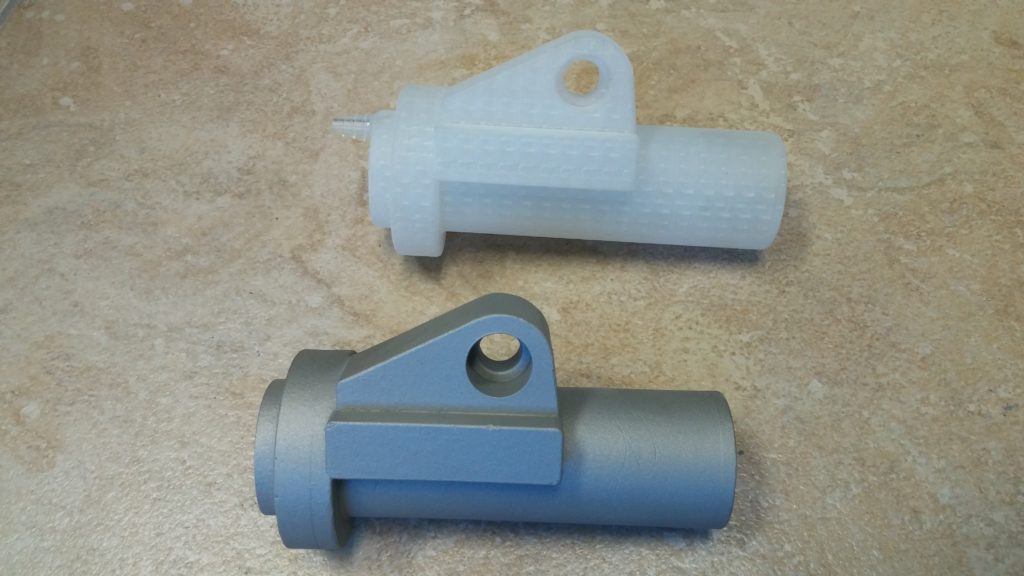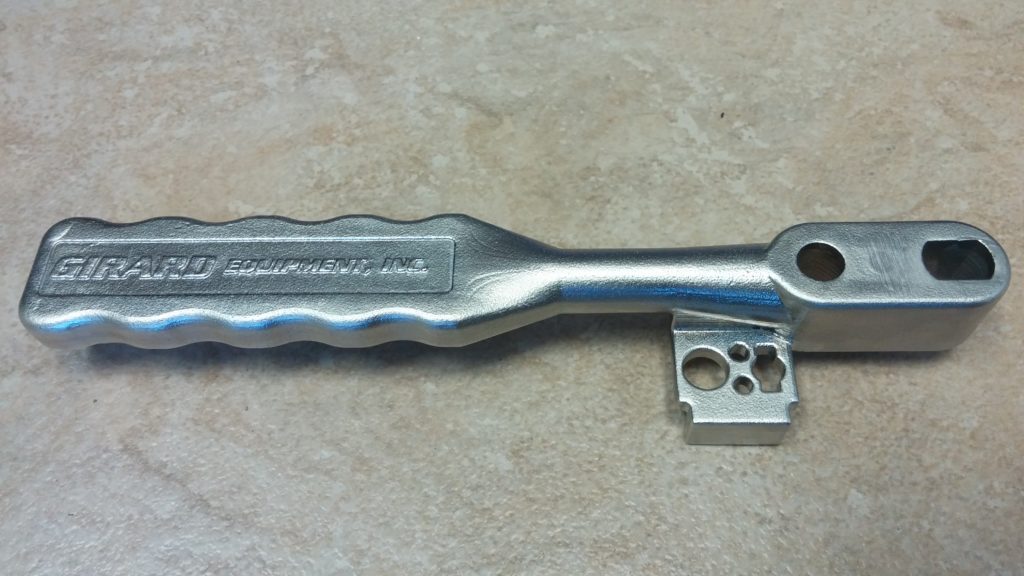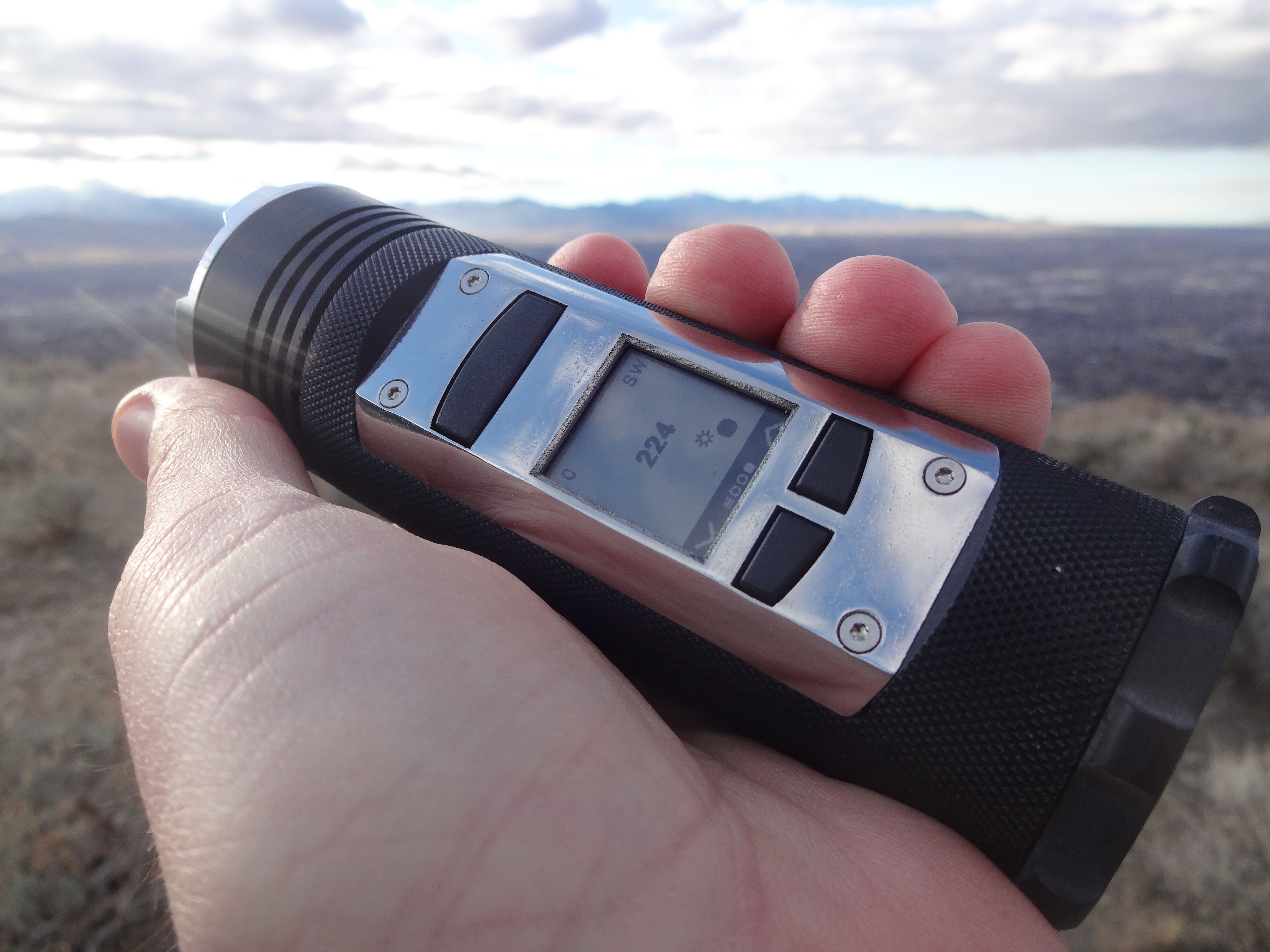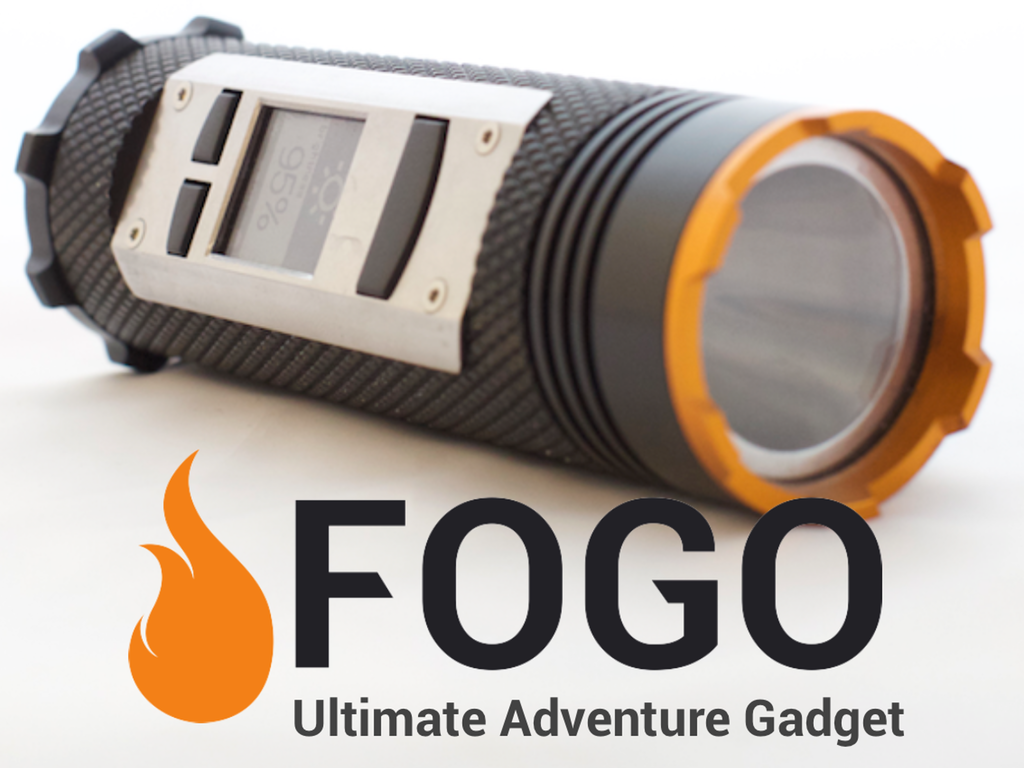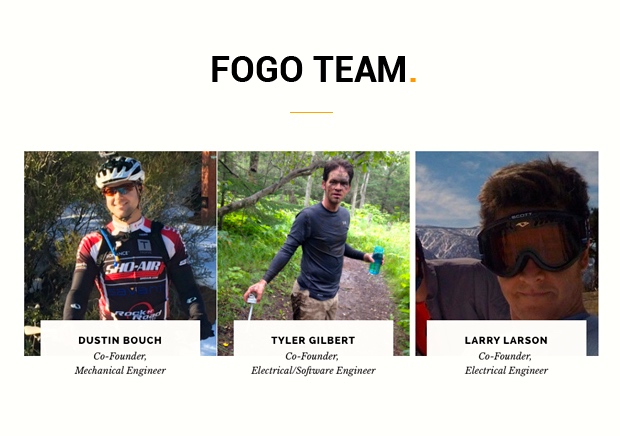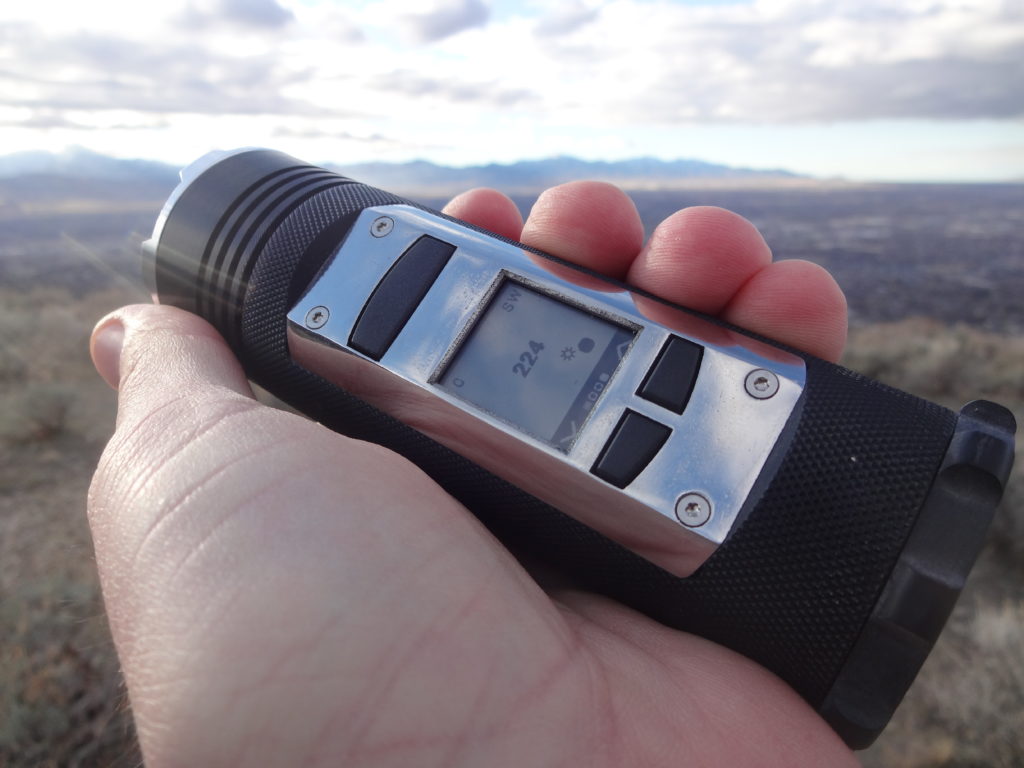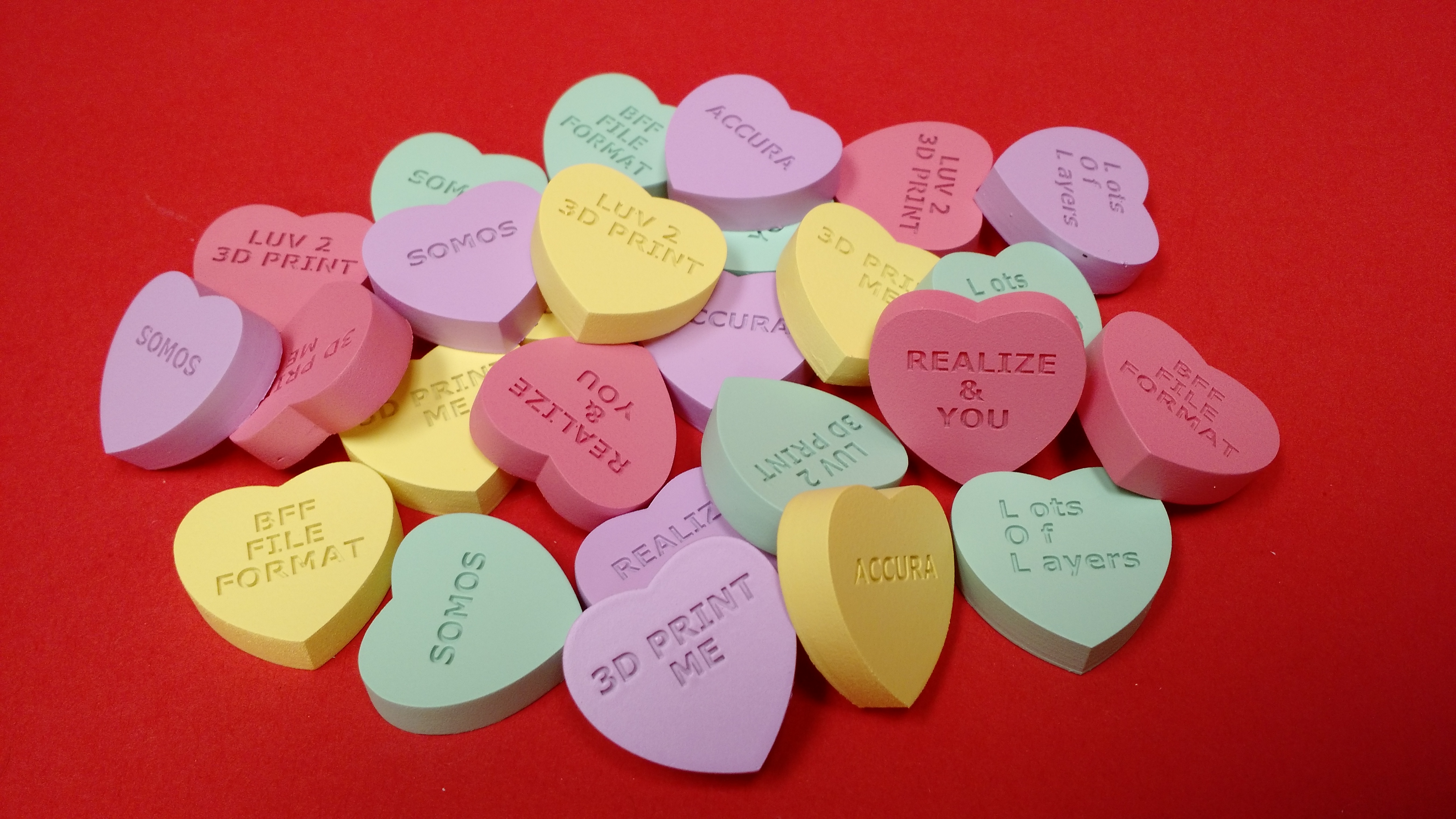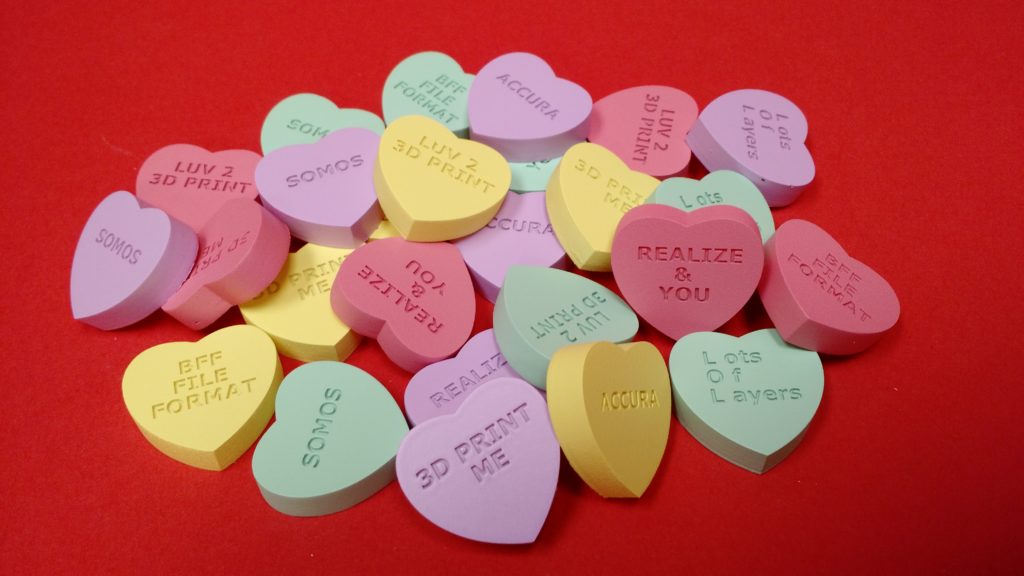
Realize, Inc. has been helping with the development of some very cool aerodynamic parts for the University of Illinois At Urbana-Champaign. We talked with Aerodynamics professor Phillip Ansel about the most recent wing project.
The Realize Featured Project: The 3D Printed airplane wing
Realize: Why are you making airplane wing prototypes?
Phillip: We have started using rapid prototyping for creating wing and airfoil (the cross-sectional shapes that wings are made from) models, which we then test in our subsonic wind tunnel. By taking these models and passing air over the surface in our wind tunnel, we are able to simulate what happens when these wing sections are placed in flight. We will typically use various sensors to measure things like force, pressure, or flow velocity on or around this model. We then evaluate these measurements to determine how the flow about the model behaves, and what this means for the performance of a given wing section.
My research group specifically focuses on unsteady flows. Most research in aerodynamics is typically focused on understanding the average behavior of a given geometry over time. However, the flows about certain aerodynamic bodies can also have contributions that vary or oscillate significantly as time goes on, even if the object itself is stationary. There are several aerodynamic phenomena that have very distinct unsteady components of velocity or pressure, and my research group seeks to identify new ways to utilize these unsteady contributions. For example, the amount of lift that a given wing can generate is limited by something known as stall. If the angle of incidence of the wing to the flow exceeds certain limits, that wing will start to produce less lift and much more drag. Perhaps more importantly, an aircraft with a stalled wing is much more difficult to control. As it just so happens, the amount of unsteadiness in the flow increases significantly as the wing stalls. By measuring and identifying this unsteadiness we can develop a system to predict an impending stall and use various methods to manipulate the flow in order to prevent stall from occurring.
Our most recently-developed airfoil model is specifically suited for this purpose. We created the model with an internal cavity where we can install a set of pneumatic valves that can be switched on and off at a high frequency. Compressed air is passed through these valves, which then follows a snaking pathway to a set of blowing slots on the surface of the airfoil model. This is where rapid prototyping is particularly useful, since manufacturing these blowing slots using other methods would be difficult to say the least. We also designed the model to allow specialized sensors to be mounted into the surface of the model, which allow us to measure the unsteady surface pressure. Based on what is measured from these sensors, we can identify an impending stall and control the flow around the airfoil by blowing air through the surface slots.
How often does your program use 3D Printing/Additive Manufacturing?
To date, I have worked with four different airfoil or wing models that have been 3D printed and tested in our wind tunnel facilities, and also have plans to develop more. We will typically have a specific experiment requiring a new model about every year or two.

What are the challenges you face when creating prototypes?
The most pressing challenge we have when using 3D printing to develop our models is material warping. This is most prominent in regions where the printed material is very thin. Over time the material actually begins to deform. If this occurs, we cannot use the model any longer since it no longer conforms to the original aerodynamic shape. We have learned quite a bit about how to design our models to prevent them from warping and are improving our design techniques with each new model that we make.
How do you feel 3D Printing will affect the aerospace industry in the years to come?
3D printing will absolutely have a positive impact on the future of the aerospace industry. Sometimes the most challenging aspect of building an aircraft or spacecraft lies in the fabrication of certain components. I think that 3D printing will allow us to explore new methods of creating aircraft and spacecraft components to be lighter, stronger, and have improved capabilities. Moreover, I think that future aircraft and spacecraft will be able to use components that have been 3D printed on-site to allow for faster, easier, and cheaper repairs. This is already being explored on the International Space Station. Since space is so expensive and difficult to get to, astronauts are currently testing how 3D printing can be used on the ISS to help them with performing experiments and maintaining facilities.
What are the biggest challenges facing aerospace engineering?
Aerospace engineering is actually very diverse field that stretches across many organizations, disciplines, and objectives, so I can’t speak for the field as a whole. From my perspective, however, one of the biggest challenges facing aerospace engineering today is the speed at which we can feasibly adapt to new technologies and capabilities. The aerospace field moves extremely fast and new technological innovations are being developed increasingly regularly: so fast that it can be difficult for society to keep up. We are currently seeing this in the development of policies and established practices for UAVs and commercial space flight. One way that we can help to make these new innovations realizable in daily life is to encourage outreach and education about science and engineering to help people of all ages to understand what aerospace engineering is all about. By encouraging education and diversity in engineering we can increase the number of experts and quality of ideas in the aerospace field, making cutting-edge technology more realizable in society.
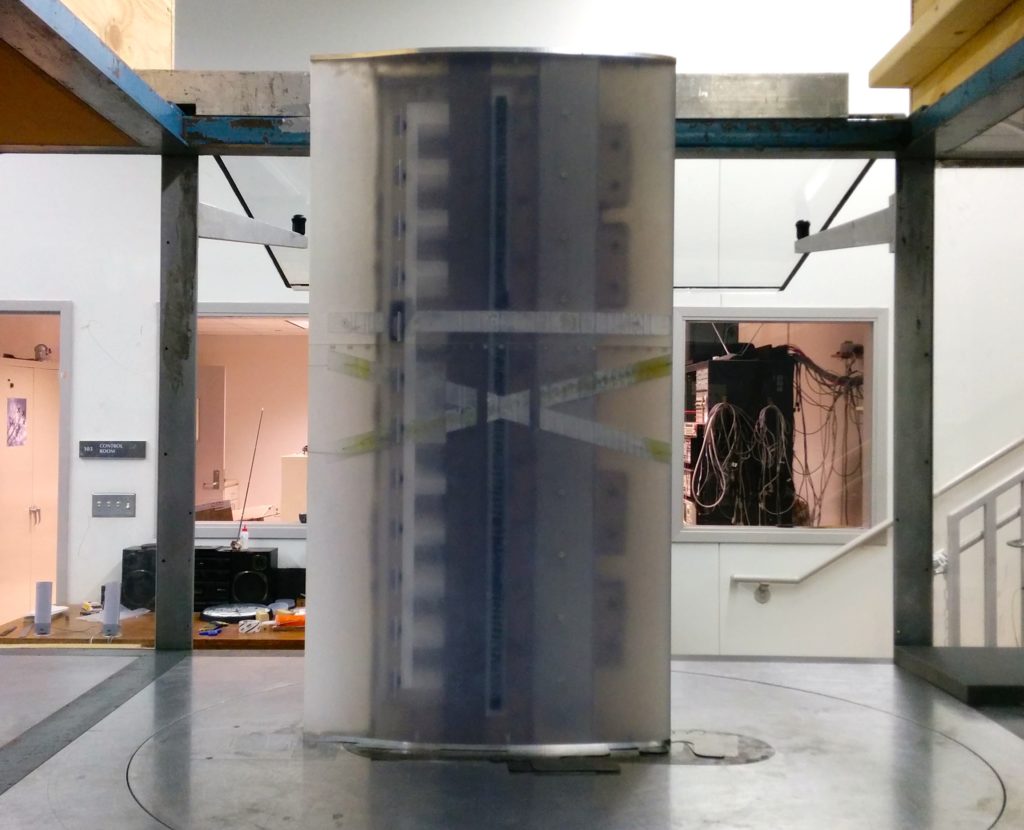
How do you inspire future leaders in your field?
I like to inspire future leaders simply by showing them how amazing the aerospace field is. There are so many interesting aerodynamic phenomena that happen in everyday life that we don’t always observe, but when they are pointed out to us we can’t help but be curious. I’m still blown away by so much of what I see in nature, and I think it’s incredible all that humanity has been able to accomplish with aerospace technology. In order to share this with my students, I like to incorporate real-world examples and demonstrations into my teaching. This can come through use of a vortex cannon to provide a simple demonstration of how vortex ring structures are formed to a classroom of students or incorporating modern research problems in the classroom.
Tell me a little about the program at your school.
The University of Illinois at Urbana-Champaign is the flagship campus of the state’s premiere public university. The university is composed of 16 colleges and instructional units with over 30,000 undergraduate students and over 10,000 graduate students. The Department of Aerospace Engineering is a part of the College of Engineering at Illinois, and it offers undergraduate and graduate programs that are consistently ranked among the top 10 in the nation. Currently, over 450 undergraduate students and over 140 graduate students are majoring in aerospace engineering at Illinois. The department is home to twenty different laboratories dedicated to cutting-edge research in aerospace developed by faculty with extensive externally funded research programs. Our department is home to many internationally renowned faculty that play a role in the development of major advances in aircraft and space applications. AE at Illinois is committed to excellence and leadership in teaching, research, and service.
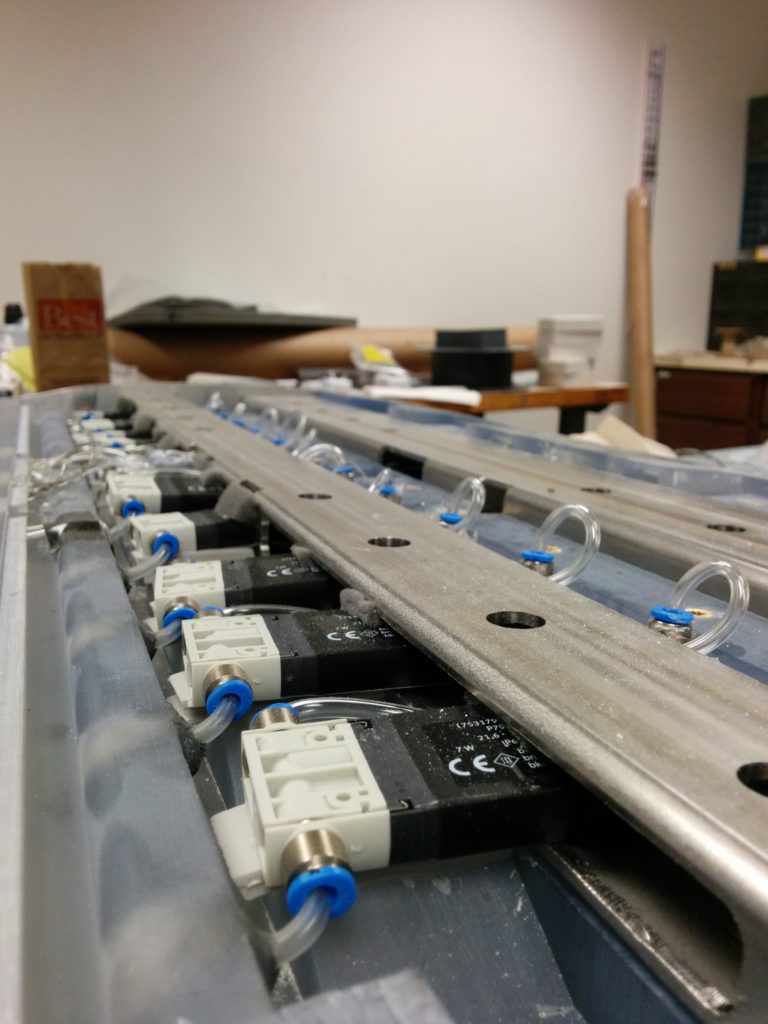
 3D Printing/Rapid Prototyping/Additive MFG
3D Printing/Rapid Prototyping/Additive MFG
